The strongest gravitational show in the Universe
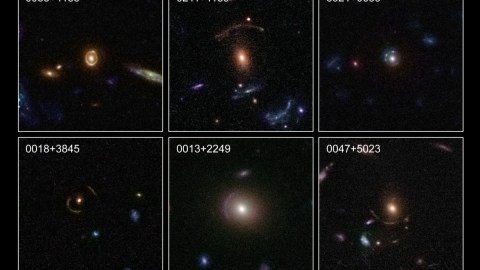
When you get enough mass together, Einstein’s theory of gravity causes space to act like a lens. Here are the results.
“The first amazing fact about gravitation is that the ratio of inertial mass to gravitational mass is constant wherever we have checked it. The second amazing thing about gravitation is how weak it is.” –Richard Feynman
In 1919, a solar eclipse proved one of Einstein’s greatest predictions: that mass curves space, and causes starlight to bend.

With even more massive objects than stars — like galaxies, quasars or galaxy clusters — gravity can do more than just bend light slightly: it can act like a lens.

Just as optical lenses can focus or distort light, gravitational lenses curve space so significantly they magnify and stretch distant, background objects.
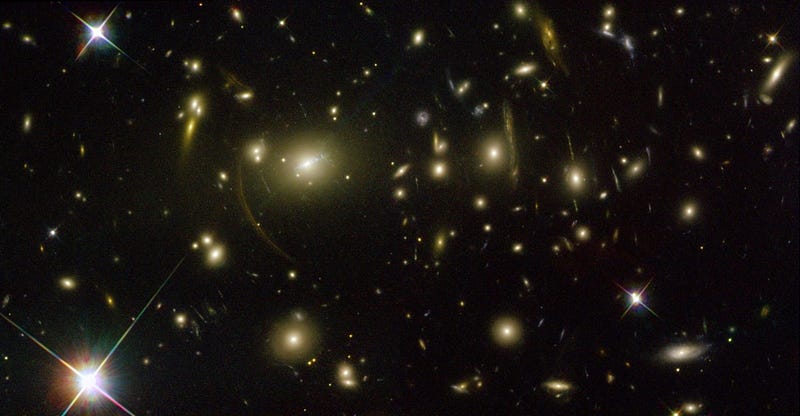
Normally, a good alignment will distort a background galaxy into two arcs: a radial one pointing away from the foreground mass and a tangential one arcing around the mass.
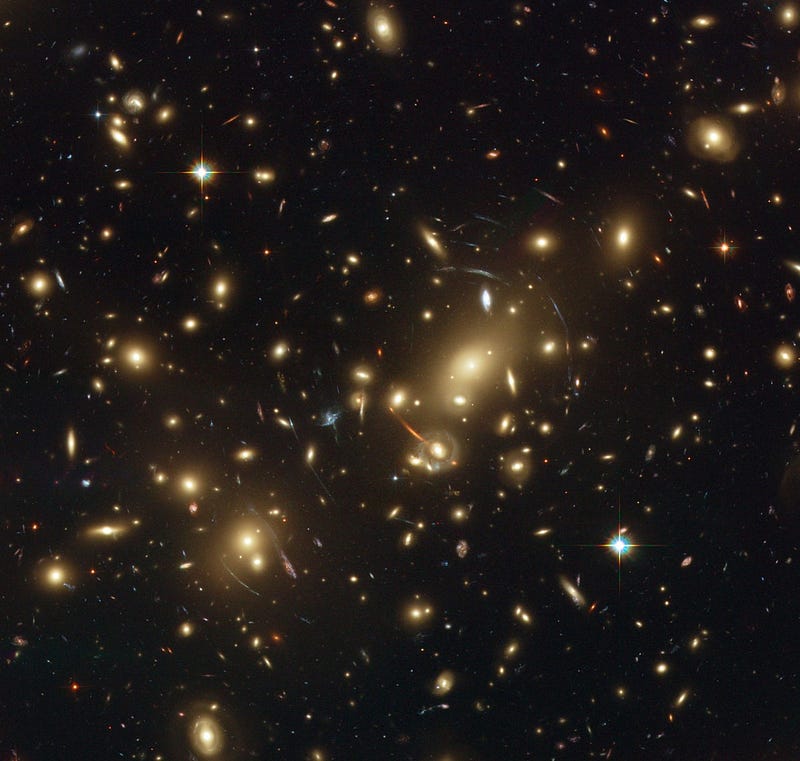
Occasionally, an even better alignment will create multiple images of the same object.
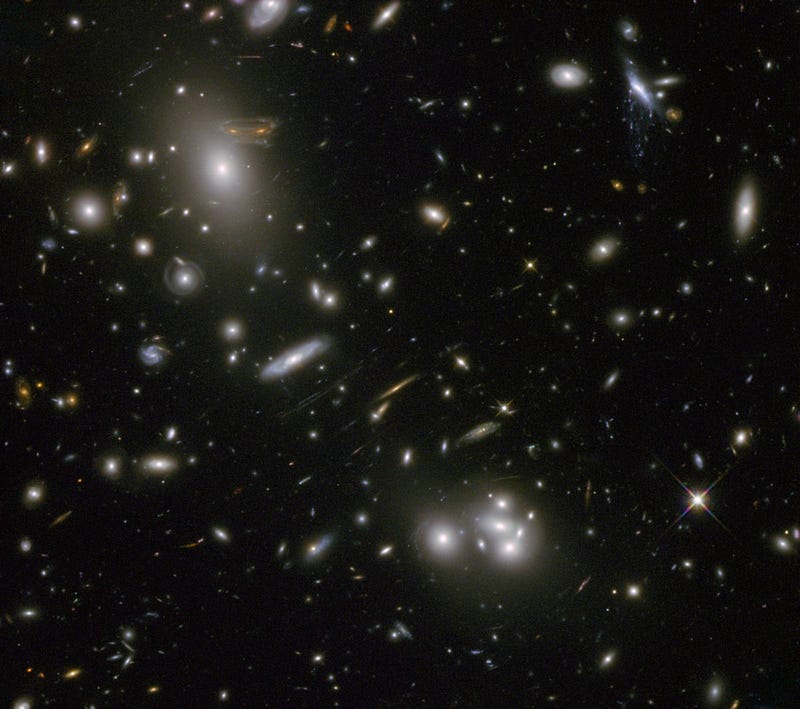
The curvature of space forces some light paths to take longer to arrive than others, meaning we’re seeing the same background object at different times.

Most spectacularly, we’ve gotten to see a distant supernova “replay” itself due to this lensing effect.
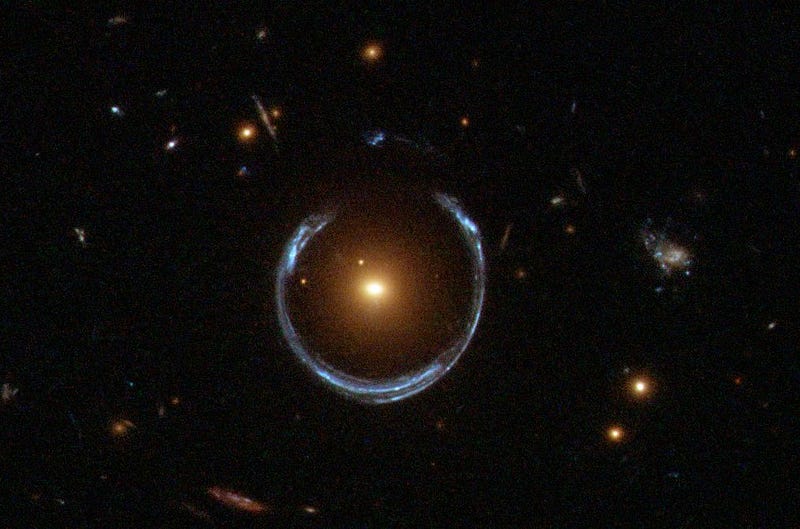
In the most perfect alignment of all, a complete, 360º ring will appear due to gravitational lensing: an Einstein Ring.
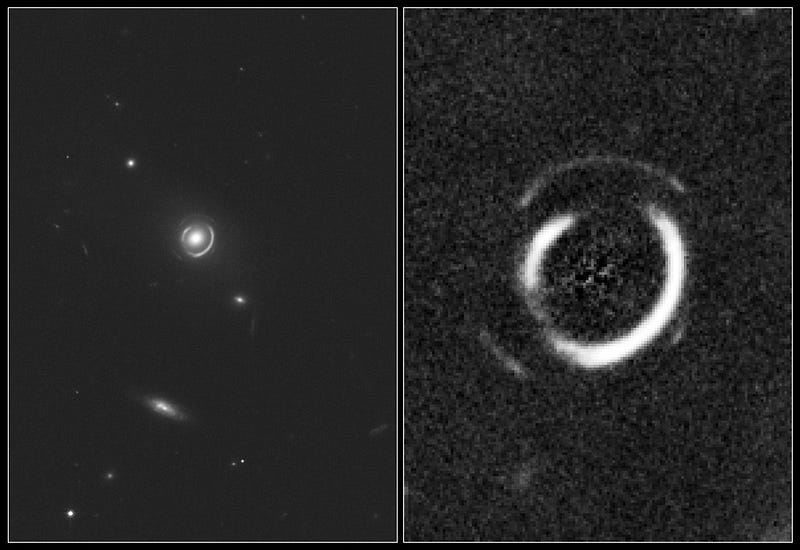
Although the science predicted these lenses for decades, the first one wasn’t observed until 1979′s Twin Quasar.

Mostly Mute Monday tells the story of a single astronomical phenomenon or object primarily in visuals, with no more than 200 words of text.
This post first appeared at Forbes, and is brought to you ad-free by our Patreon supporters. Comment on our forum, & buy our first book: Beyond The Galaxy!





